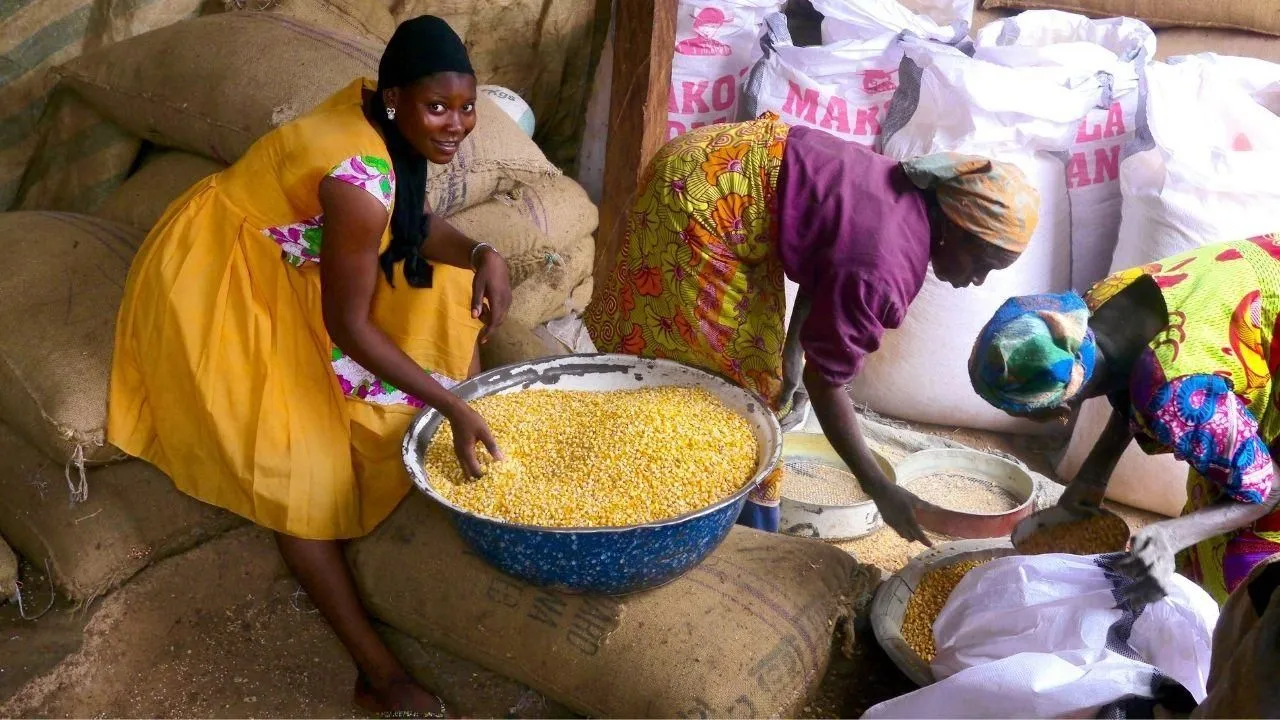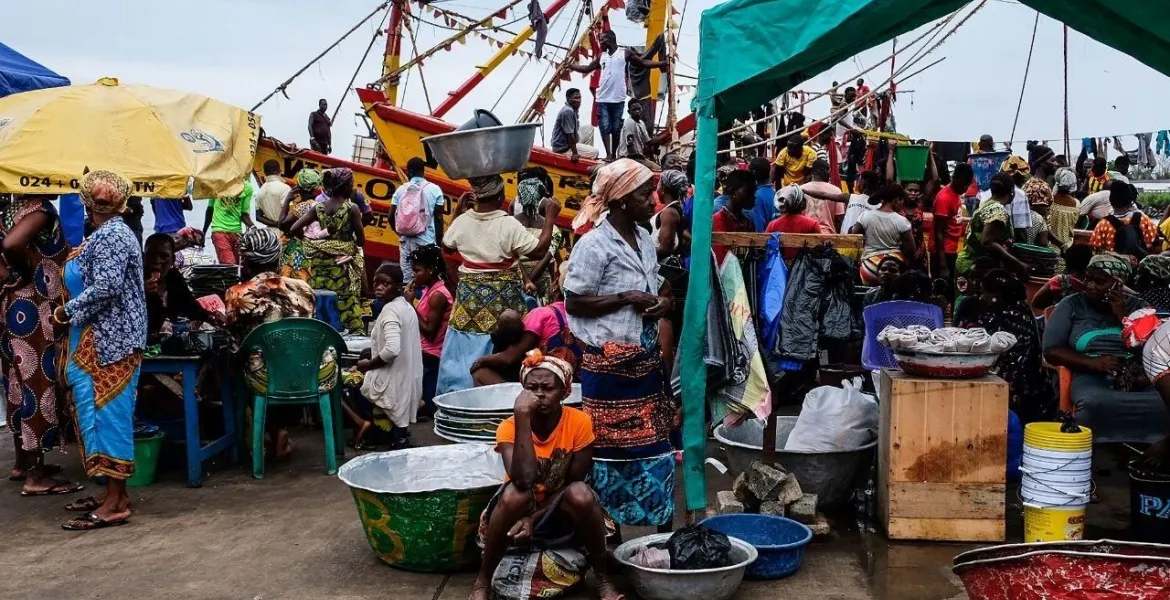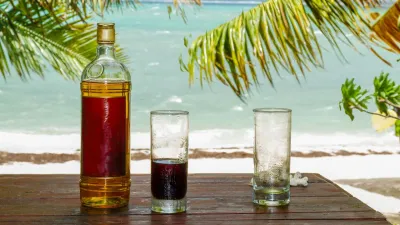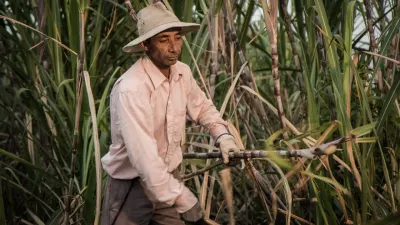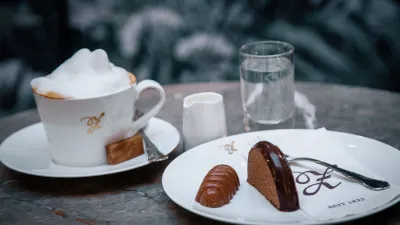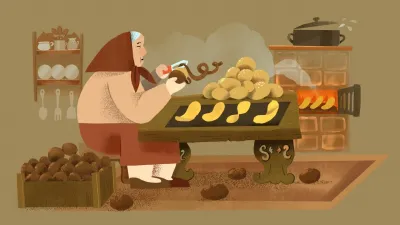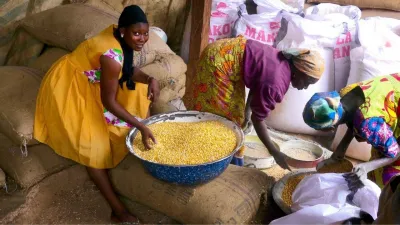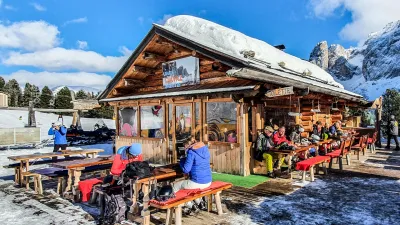African Proverb: He who eats alone cannot discuss the taste of food with others.
Ghana, a beautiful country in West Africa, faces challenges with waste management. Waste collection is practically non-existent, and everything is wrapped in plastic and then put into plastic bags. You can buy a 'glass of water', i.e., water in a plastic bag, from the ubiquitous vendors at every traffic light or in a traffic jam. Just bite a hole with your teeth, and you can refresh yourself with cool water.
However, in the absence of rubbish bins, it's not surprising that even in remote areas, pieces of plastic can be found lying on the ground. If we choose to overlook the ubiquitous plastic and rubbish on the streets, we can admire the remaining beauty of this country undisturbed. The fascinating rainforest, the remnants of which will hopefully be saved by national park status, the last 35 or so hippos hiding in the waters of the White Volta, the colorful birds flitting over the streams and rivers, or the majestic African elephants, which, unlike the smaller ones in the rainforest (which you don't get a chance to see), have somehow graciously grown accustomed to the presence of humans.
The Cuisine of Ghana
While everyone can certainly imagine African nature, African cuisine is probably a little less familiar. However, you certainly don't have to be afraid of it. It hides fantastic and delicious flavors and combinations that you will most likely fall in love with. So, what is Ghanaian cuisine like? It varies region by region, of which there are officially ten in Ghana, but also by community, tribe, or kingdom. The staple of Ghanaian cuisine is cassava and plantain (cooking banana) in the richer south, millet and sorghum in the north. Across Ghana, you'll find yams, maize, and beans everywhere. Often, you will encounter "stew", which can be compared to Czech goulash. Join us on a short excursion to discover exotic flavors.
If you make your way to the Czech Embassy in Accra, stop across the street at a street stall. There, you can sit on plastic chairs and chat with the locals, or take your food to go. Either way, be careful when crossing the street—Ghanaian traffic is really wild! Definitely try the Red Red here. The base of this dish is steamed beans, usually served with steamed fish or fish stew. The name comes from the palm oil that gives the beans their typical red color, and the sharp orange color of the fried banana. While you may not be impressed by the simple ingredients, know that the combination is delicious.
Very traditional is the banku, which is made from either corn flour or cassava, cooked in many places with fermented corn dough. It is a sort of stiff, sticky porridge that is served with fish or meat and a sauce (soup) similar to Czech goulash. If you're lucky enough to make friends with a local, they'll likely invite you home to sample this dish. The way to eat it is to scoop a piece of pot with your hand, knead it with your fingers (still of the same hand), dip it in the goulash, and then take a piece of meat and put it in your mouth.
Fufu and Jollof
For a European used to eating with cutlery, this is an adventure. In the countryside, where there is no running water, and where you can eat in front of an earthen hut from a communal pot, it can be a real challenge. Keep in mind that if a native honors you with meat, it is to be appreciated. Such an offer is not to be refused. We'll leave it to the gracious reader to taste for themselves whether they like it or not, but by the way, such a pot is not just any pot. It is made by hand in a wooden mortar in which the women (who make everything in Ghana) beat the dough for at least half an hour. It's an extremely strenuous job that the local women can still do with a smile. A very similar dish is fufu, which is served as a side dish to many typical Ghanaian soups. It is again a stiff, sticky substance, but typically made from cassava or yam, possibly with the addition of plantain.
Another classic dish is jollof—rice cooked in a broth with tomatoes, spices, and meat. This dish was brought to the country by Senegalese traders in the pre-colonial era, and Ghanaians serve it with mutton, lamb, chicken, beef, and even fish in the north.
If you want something more intimate after the rural experiments, don't miss Buka restaurant (Osu district of Accra). This restaurant's menu includes a separate section on "Ghanaian main dishes". If you ask for a recommendation, the staff will probably suggest the local specialty "Guinea Fowl Groundnut Soup". Don't worry, it's not guinea pig, but rather guinea fowl, originally from sub-Saharan Africa but also known in the countryside. The "soup" usually looks like a thinner stew, with which they recommend rice. The dish is very mild and tasty, and you might say: "The best goulash we've ever had!"
If all those wonderful flavors have made your head spin, let's keep our heads in the clouds for a moment. You can get a taste of the high life, literally, at Sky Bar 25. Take a seat on the comfortable chairs and enjoy the stunning views of Accra from the rooftop of a modern high-rise building that boasts the title of West Africa's tallest building. The clientele here is primarily made up of expats and the local rich, businessmen, and celebrities. The menu is international, and you can definitely expect a luxurious serving experience. You'll find local dishes sporadically, in fusion variations such as the Ghanaian-Italian Jollof arancini.
Ghana probably isn't on your bucket list, but it's definitely not one to fear. Ghana welcomes tourists with open arms, the country is safe (even for solo travelers), and the people are very friendly. Two key things to keep in mind, though: 1) never take photos of locals without their permission, and 2) take the advice of locals; they're sure to mean well.
The author is a foreign correspondent for VisitChef.com

